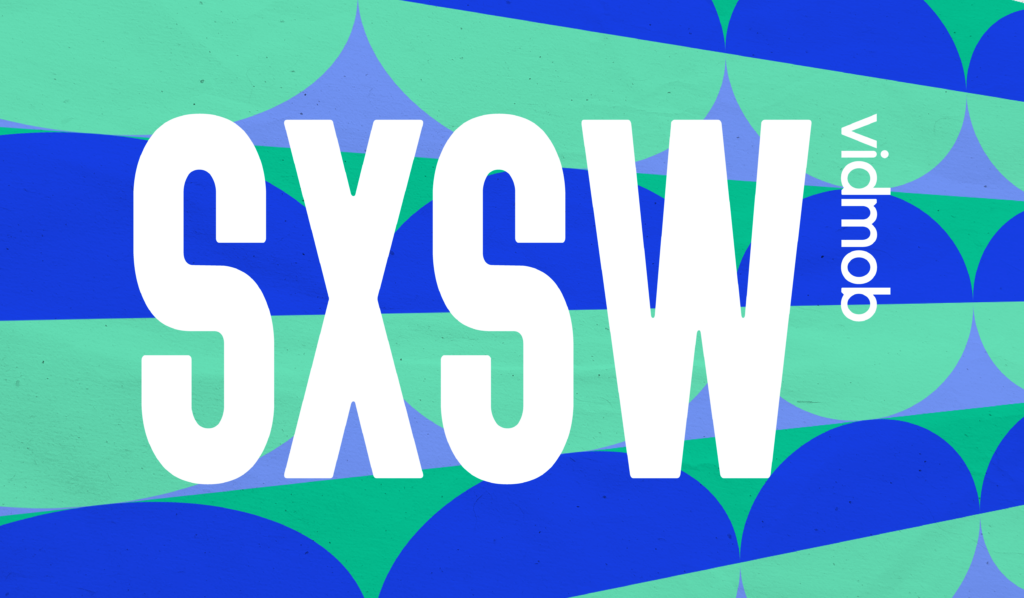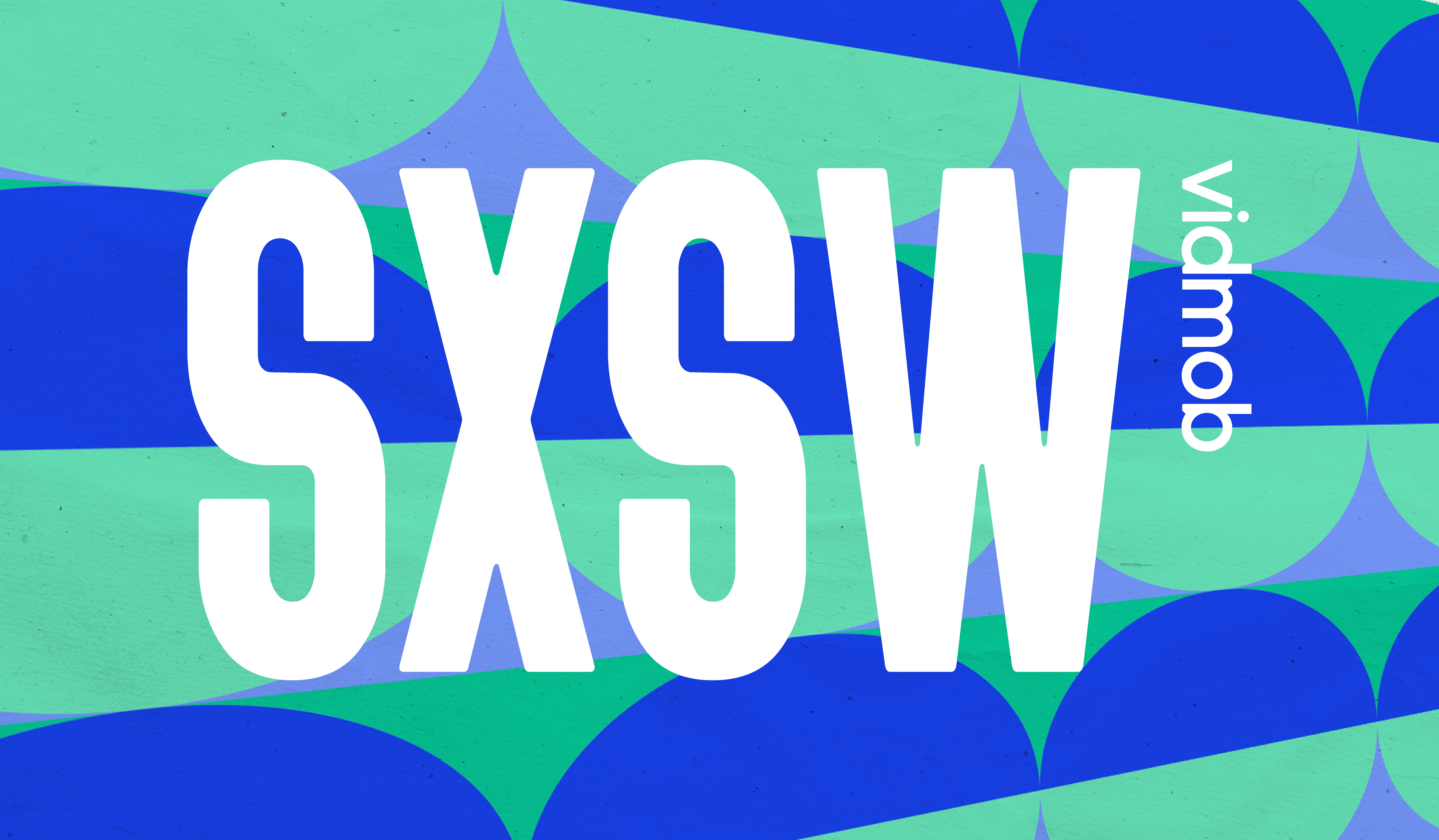How Forbes Top 50 Brands Responded to COVID-19

In a world of social distancing and enforced remote working, brands have changed their marketing strategy.
After analyzing Forbes Top 50 brands using Facebook Ad Library, we spotted 5 key trends that may be interesting to test during this particular time–or better yet, move away from, given that they may be too common.
1. Direct Response is important.
Most of the top 50 brands appear to be leaning heavy on Direct Response at the moment. They are showing close ups of their products with a direct link to their website with a desire to increase lower funnel objectives.
A Direct Response strategy usually answers the following questions:
- What is the benefit of your product? This can be shown by using visuals of your product or through use of text.
- Why should I believe you? This question can be answered by using a demonstration, testimonial, statistic, etc.
- Ok, I believe you–how do I join, purchase, view more, etc? Guide the customer in a very obvious way to a landing page where they can take action in accordance with your objective.
2. Outdoor visuals to briefly escape.
These are usually outdoor visuals of mountains, lakes, people hiking, enjoying moments outside of an urban environment. Even outdoor products are being pushed. For example, a well-known car brand is pushing their Gravel Bike using adventurous outdoor shots.
3. Isolation
The majority of visuals used were of people alone or in couples, promoting social distancing without voicing COVID-19. This was done by focusing on one or two characters in a visual/creative or showing people taking selfies of their activity, whether outdoors or indoors.
4. Working from Home
Showing visuals of people working from home was used by many tech brands. However, depending on the spin it, could also be tied with other industries for things like working out or cooking within the home.
5. Mental Health
Having an image of a person relaxing, staying calm, teamed with a message of a statistic around the importance of mental health appeared to be a popular message used by marketers.





